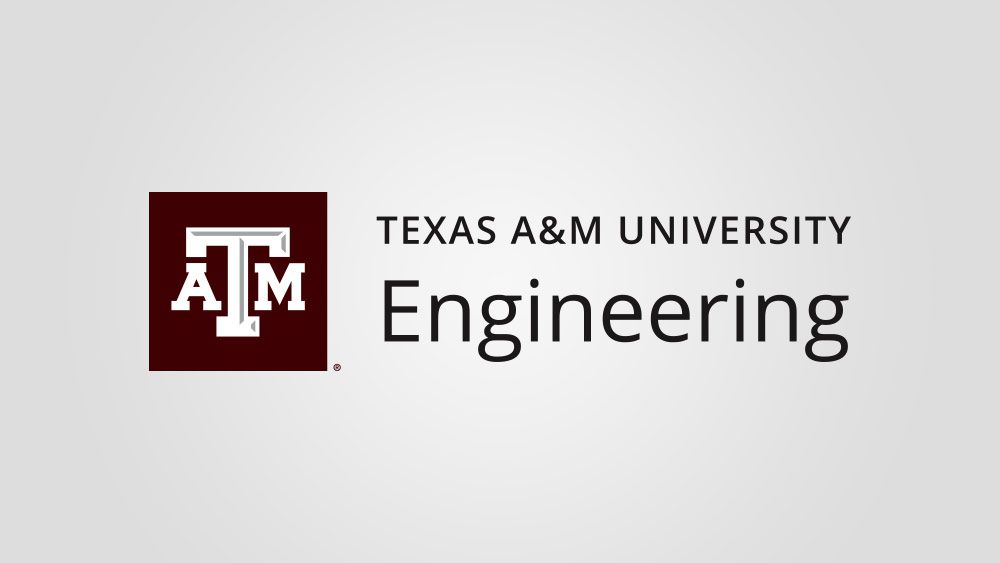Texas DOT works to leverage artificial intelligence’s power.
The Texas Department of Transportation (TxDOT) has launched a three-year initiative — the 2025–2027 Artificial Intelligence Strategic Plan — to integrate AI technology into its operations to make Texas roads safer and improve mobility statewide.
According to TxDOT’s December 2024 press release, the 70-page plan outlines how AI will:
- Optimize infrastructure by increasing the efficiency and resilience of the state’s transportation network.
- Enhance decision-making through AI-powered analytics that support roadway operations and maintenance.
- Improve public service delivery by helping employees and partners serve travelers more effectively.
- Empower the workforce by automating repetitive tasks, allowing staff to focus on higher-value, innovative work.
TxDOT Executive Director Marc Williams emphasized that adopting AI “securely and responsibly” will transform how the agency monitors traffic, detects incidents in real time, and manages projects more efficiently.
Current AI Projects
The strategic plan highlights several ongoing and completed AI initiatives, such as:
- Invoice verification automation: Previously, reviewing engineering invoices could take up to seven days. AI now completes the process in about 30 minutes by automating line-item checks and approvals.
- AI-driven traffic incident detection: In Austin, a pilot program uses cameras, sensors, and external data (like navigation apps) to quickly identify roadway incidents and improve response times, safety, and traffic flow.
- Robotic process automation for employee onboarding: TxDOT now uses AI-based systems to automatically manage user accounts and access, cutting manual work from hours to seconds.
Future AI Applications
The plan also identifies 230 potential AI use cases, derived from ideas submitted by TxDOT staff across 14 focus groups. Examples include:
- Creating unified utility maps from multiple data sources to prevent construction delays.
- Using drones and computer vision for bridge inspections to predict maintenance needs.
- Analyzing material test data to forecast failures and improve quality control.
- Tracking pedestrian and bicycle activity through sensors and AI to guide infrastructure investments.
- Automating form submissions and project documentation.
- Optimizing pavement design, signal timing, and intersection flow based on real-time traffic data.
Looking Ahead
Over the next three years, TxDOT will focus on using AI to refine its processes, policies, and infrastructure management, ensuring that future technological innovations continue to enhance safety, efficiency, and sustainability throughout the Texas transportation system.
Written by: Robert L. Reid







